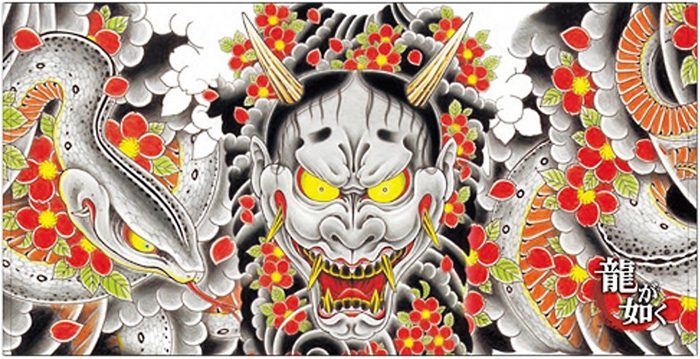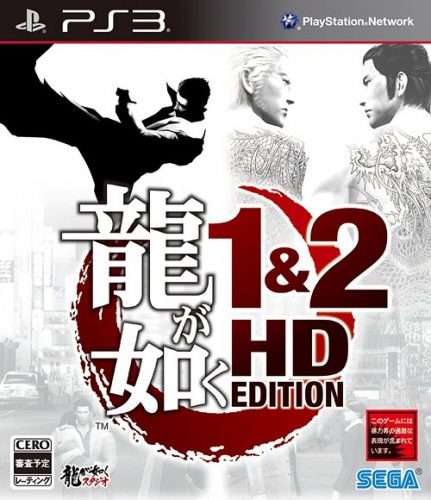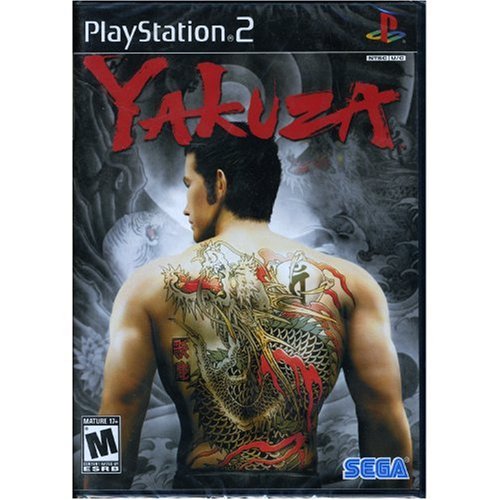
For the latter half of the decade, Sega’s Yakuza series (aka Ryu Ga Gotoku in Japan) has progressively helped re-brand the company. Altogether, it has 6 main installments, a prequel, two Japan exclusive PSP spin-offs, two Japan exclusive historically inspired spin-offs, a zombie apocalypse spin-off, and Judgment (or Judge Eyes in Japan), which takes place in the same universe but isn’t directly part of the main series. In addition, the team has made a game based on the legendary Hokuto no Ken manga by using the game’s engine, and voice performers from the main series to tell its own original story. As of present, the PS4 re-masters of 3, 4, and 5, which have been released in Japan this past year, are finally hitting international shores and by 2020, we’re to anticipate its seventh installment, just in time for its 15th anniversary! So, what’s the story behind this rising cult hit by Sega? Allow us to fill you in!
Post-Dreamcast Sega
As a good majority of you probably know, Sega withdrew from the console market towards the end of 2001 since they were losing money throughout their duration of selling consoles. The beloved Dreamcast was entirely discontinued in North America by 2002 while Sega of Japan would still officially allow releases within its shores until 2007 (with Karasu being the final Dreamcast game in Japan licensed by Sega). During that time, Sega as a company would focus on its new role as a third party. While long-time Sega loyalists were playing established Sega hits such as Sonic and Jet Set Radio on its former rival consoles, it was still trying to re-establish its post-console identity.
Toshihiro Nagoshi
The Yakuza franchise, which paved the way for its present identity, is largely the brain child of Toshihiro Nagoshi, who is presently the Chief Creative Officer of Sega, and has been with the company since 1989 as a pupil of Yu Suzuki, the creator of Virtua Fighter and Shenmue. Even before solidifying his legacy with Yakuza, Nagoshi already had a well-established reputation within the industry throughout his employment in Sega. During the 90’s, he was the chief designer for Daytona USA, Virtua Racing, and Scud Race, Sega’s hit arcade racers. Since many tend to associate the series with Shenmue, Nagoshi also worked as a producer on that respective game (we’ll get into that discussion much later). In 1998, he also created SpikeOut, an arcade 3D beat ‘em up, and this was actually one of the games that helped pave the way for Yakuza! After Sega became a third party company, he shifted his focus from arcade games, to console games.
The Pitch
The conception of Yakuza dates back to 2003. At that time, Nagoshi wanted to make a game that was also a human drama, he also wanted it to appeal to mature male audiences in Japan, and had no intentions of selling it outside of Japan! At the time, he was frustrated with the market trends and just wanted to shake things up just for the sake of it. When he pitched it to Sega, the company was split 30% and 70% over wanting to approve his project. On a foundational level, making a game that portrayed Japan’s criminal underworld at that time was notably risky for every reason we can think of.
For starters, the game couldn’t directly portray certain customs such as cutting off one’s fingers as a sign of disgrace because it wouldn’t get them the appropriate rating they needed to get it released on the console market. At minimum, they wanted the rating to be 17+, an equivalent to a mature rating. However, Nagoshi persisted and said if the game didn’t meet expectations, he would resign. In the end, Sega gave him the equivalent to a $20 million USD budget to make the game he wanted to make.
First Hand Research

Just like how Suzuki did first hand research on China and Yokosuka for Shenmue, Nagoshi and his team did some first hand research in portraying Kabukicho (or Kamurocho in the series), and some of the activities you can enjoy there, most notably visiting hostess clubs. While such features may be unique to non-Japanese gamers, clubs where you have EXPENSIVE drinks with women are all the rage in Japan’s red light districts. The team spent a lot of time visiting these places and wanted to share these experiences into the game as well, and many “experts” claim these are accurate portrayals of what it’s like to go to a hostess club. Not only do they have hostess clubs, they have other real life activities such as hitting the batting cages, pachinko, bowling, and the arcade.
As for the story, the team consulted with Hase Seishu, a famous Japanese crime novelist. He helped bring a sense of realism to the characters such as changing the ages of the characters, how they speak, dress, etc. As for the combat, it’s combat system largely takes influence from SpikeOut, Nagoshi’s arcade hit from the prior decade. If you’ve played both games, then you can notice the first Yakuza game and SpikeOut share the same mechanics.
Final Thoughts

After an intense advertising campaign and a live action promo movie starring pro wrestling and MMA superstar Masakatsu Funaki (no, not the former number 1 Smackdown announcer and no relation), the game became a big hit in its native Japan upon its debut towards the end of 2005! Thanks to this game being released during the rise of the internet, even Western fans, most notably fans of Shenmue, we’re anticipating this game seeing it as a possible successor to that respective cult franchise. A year later, Ryu Ga Gotoku would finally get its international debut under the name Yakuza, which we’re going to cover next.

